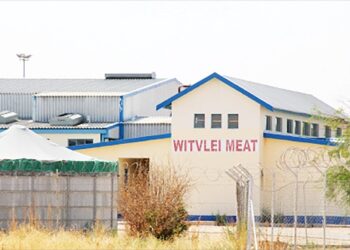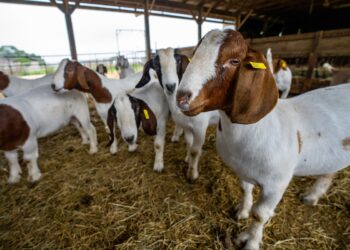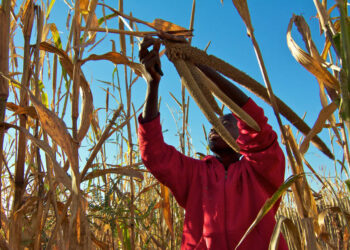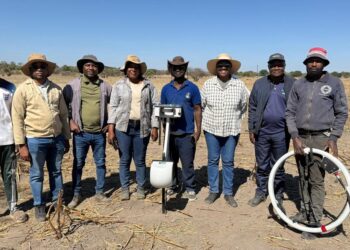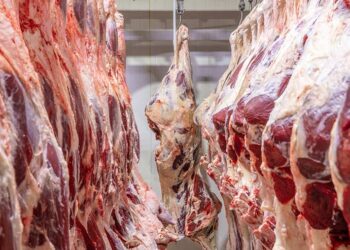
The Meat Corporation of Namibia (Meatco) kicked off the 2024 cattle marketing season, aiming to procure 25,000 cattle from farmers within the Northern Communal Areas (NCAs) as vital contributors to the country’s beef industry.
The ambitious target, to be processed at the export abattoirs of Rundu and Katima Mulilo, is expected to boost local livelihoods and contribute significantly to the national economy.
Meatco operates two abattoirs in the NCA, the Katima Mulilo and the Rundu Abattoir, where producers can deliver cattle from specific regions. Katima Mulilo Abattoir sources cattle from producers in the Zambezi Region and Mukwe Constituency in the Kavango East Region.
The Mobile Slaughter Unit and Rundu Abattoir source cattle from the Kavango East and West Regions, Tsumkwe Constituency in Otjozondjupa Region, Ohangwena, Oshikoto, Oshana, Omusati and Kunene North.
According to Meatco Cattle Procurement Manager, Thimoteus Kativa, the Katima Mulilo abattoir has a slaughtering capacity of up to 10,000 cattle per annum, while Rundu has a capacity of 15,000.
“It was a challenge when only Katima Mulilo abattoir as some livestock could not be taken there due to the distance from other areas within the NCAs. Thus, after Rundu reopened, it will alleviate the burden as it will accommodate many of the areas including Kunene North,” Kativa said.
The NCAs has a cattle population of approximately 1.6 million representing about 60% of the national cattle herd estimated at 2.5 million.
The marketing drive comes to the benefit of the NCAs farmers as the slaughtered cattle now have a market internationally such as Ghana, a development that never existed for decades due to health concerns that culminated in the establishment of a disease control point known as the Veterinary Cordon Fence, separating the north and the south.
“To qualify, farmers either individually or as an organised group, must register at the Meatco Office to complete a reservation and present an ear tag list for easy verification on the Namlist System by the Directorate of Veterinary Services. Cattle should have a visible Stock Brand mark and ear tags, and the Livestock and Livestock Products Board’s Producer number should also be provided. Before loading, farmers must apply for a movement permit, and only cattle that are listed or pre-selected can be loaded,” Kativa said.
He added that if a farmer wishes to transport their cattle to the Quarantine Camp/Abattoir using a trailer/truck, they must ensure that such transportation is cleaned, washed and disinfected at their own expense.
“Only healthy and fit cattle are allowed, while the responsibility for animal welfare, from loading to transportation and offloading, lies with the farmer and the transporter to avoid pre-deaths, bruising, and condemnation. In addition, a Bank account confirmation letter is required, whereas the payment waiting period is 10 days from the day of purchase or slaughter,” stated Kativa.
In addition, he said the marketing season will be a year-long exercise.


